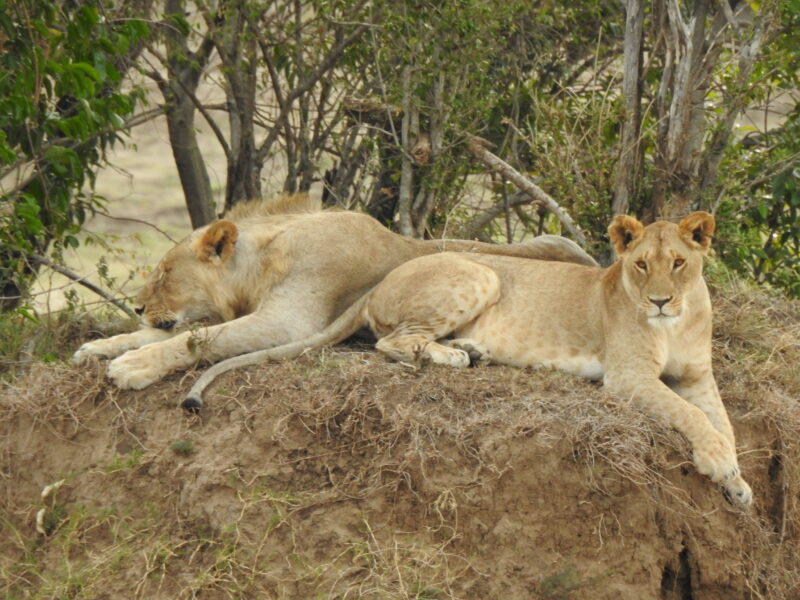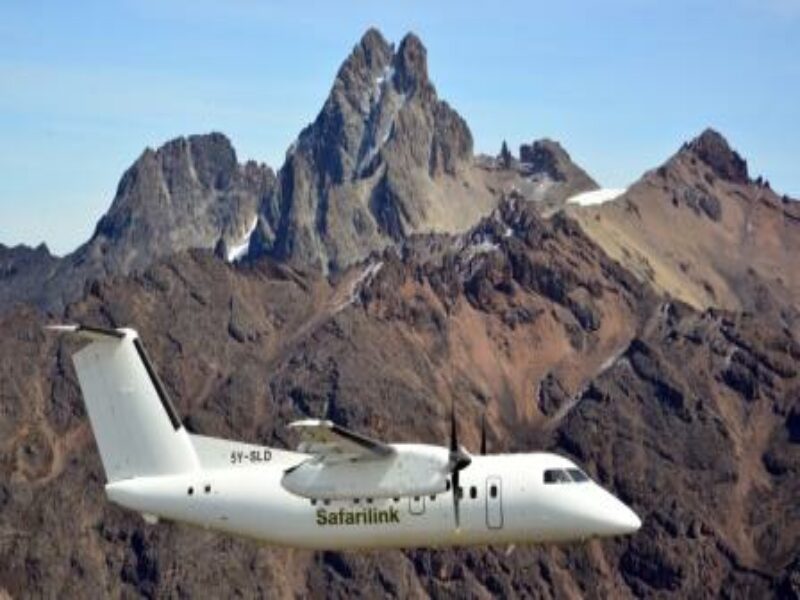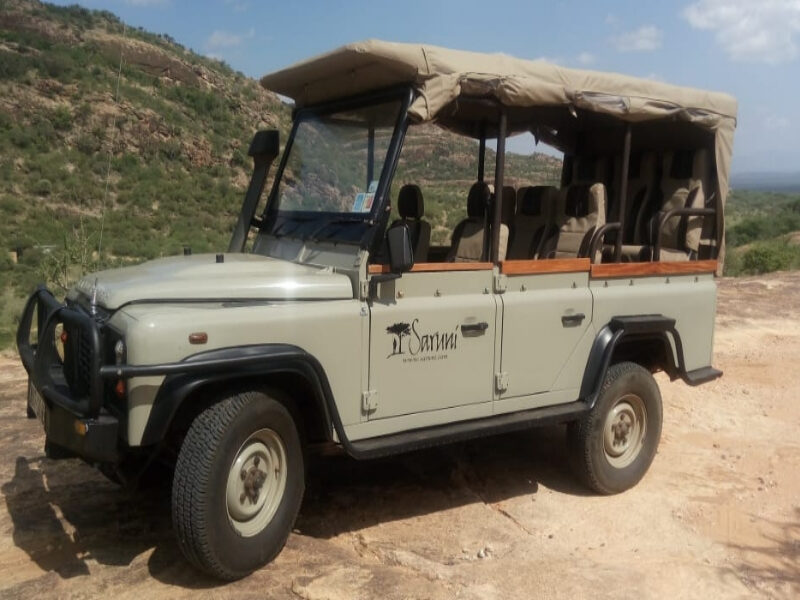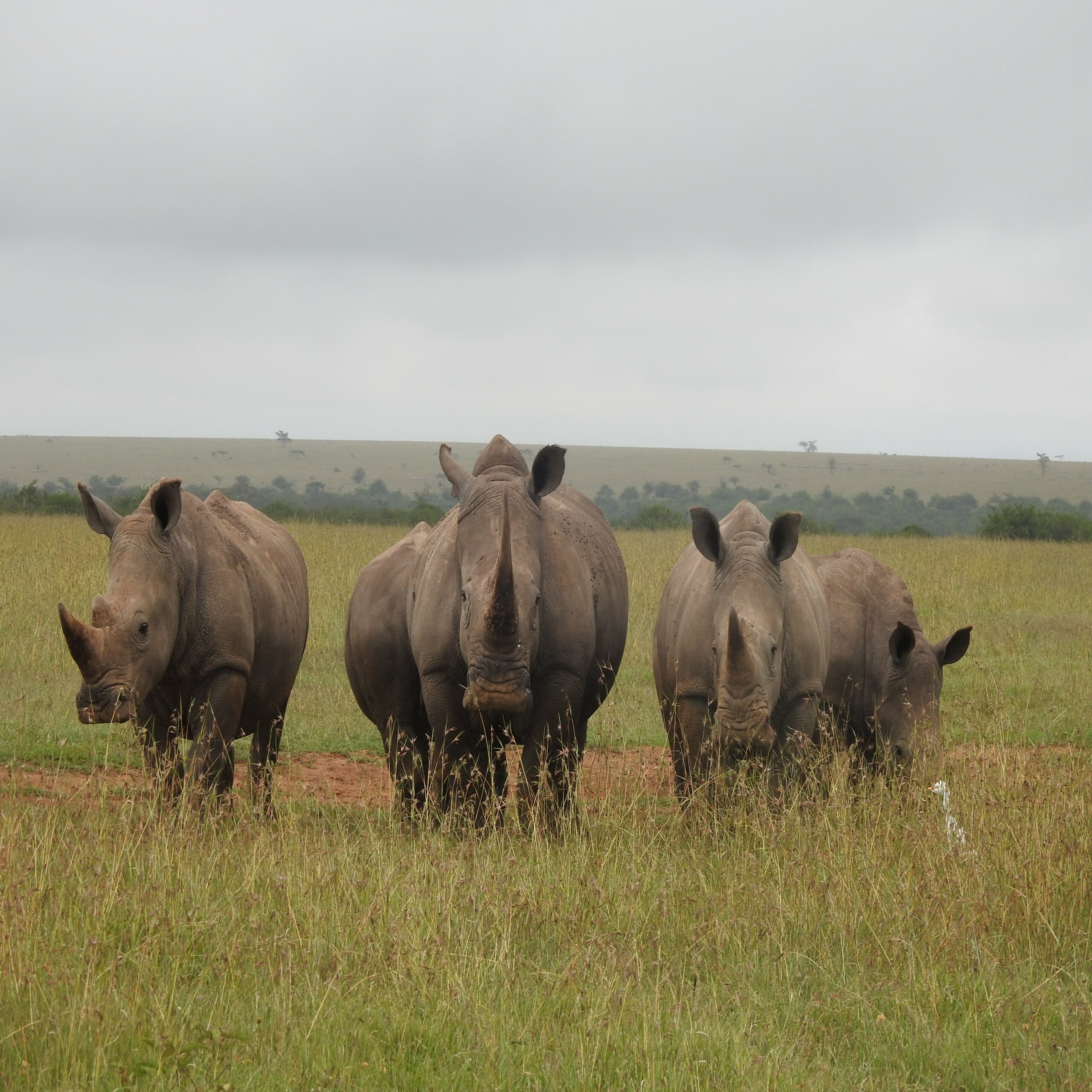Safari (derived from the Swahili word journey) – A journey or expedition to look at, or sometimes hunt wild animals, especially in Africa.
What feelings & memories do safaris evoke?
- Waking up in the dark of the night to the gentle knock of your wake up call, wishing you could cuddle a little longer in your warm bed
- Sipping a steaming cup of coffee on your deck, in the silence of the pre dawn hours
- Feeling the blistering cold wind whip your face as you set off on your morning game drive
- Enjoying the warming rays of the sun on your chilled face, and watching it’s golden light explode as it rises above the horizon
- That awesome moment when you come across your first lion

- The exhilaration of watching a kill – being in the right place, at the right moment
- Feeling famished on your way back to your camp/lodge after the morning game drive, ready for a humongous breakfast.
- Watching the day wind slowly down, the setting sun a blood red orb in the sky, as you sip your sundowner on your evening game drive
- Driving back to your camp/lodge, in the dusky light, coming across herds of plains game, preparing for the long night ahead.
A safari truly makes you feel alive, vibrant and totally in the moment. You need to be present to experience it…words alone cannot do it justice.
So how does one journey on safari?
The accepted modes of transportation in East Africa are:
By road, in customized minivan or 4WD vehicles, with open roof hatches
By air, in light aircraft

In the parks & reserves, you will find any number of minivans and 4WD vehicles, as well as 4WD vehicles that are open to elements, the latter used by camps where guests fly in, going about their game drives.

What happens on a game drive?
Game drives normally take place early in the morning at 6.30 am and late in the afternoon at 4 pm, when the animals are most active. You drive around the Park/Reserve, trying to spot animals. Once you spot them (or rather, your driver spots them as he has better ‘bush eyes’ than you), he will park the vehicle so as to give you an optimum view of them, and you will settle down to watch them.
Sounds awesome doesn’t it?
During the colonial era, safaris consisted of long, arduous journeys undertaken by huge numbers of porters, workers, guides and hunters. Animals were hunted, shot and then transported overland by the army of porters. The more dangerous the animal, the higher the prestige. This gave rise to the ‘Big Five’ – elephant, rhino, buffalo, hippo and leopard, considered as most dangerous to hunt.
In 1909, Teddy Roosevelt popularized the concept of safari in the US, by undertaking a safari of epic proportions. His aim? To fill the Smithsonian Institute with African specimens.
Then, safaris evolved to journeys where people came to see wildlife, and photograph them, giving rise to photographic safaris.
I’ll leave you with the wise words of Richard Mullin…..
‘The only man I truly envy is the man who has not yet been to Africa’


Comment (0)